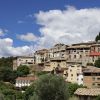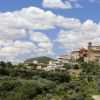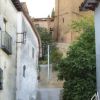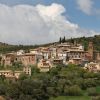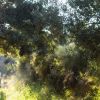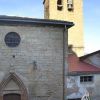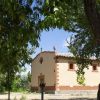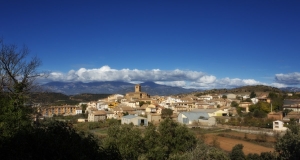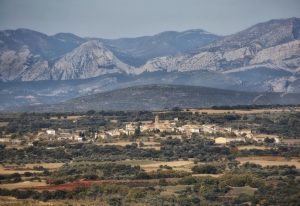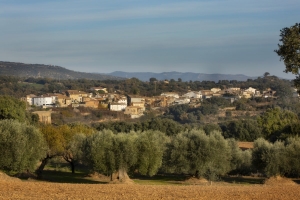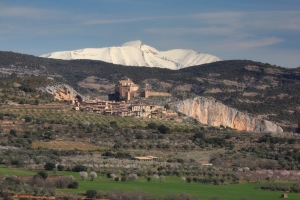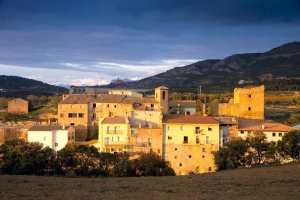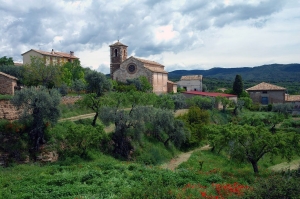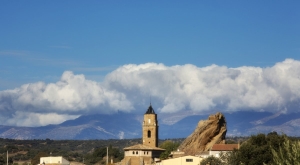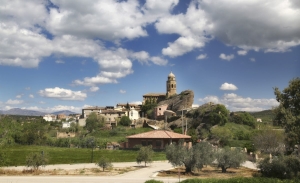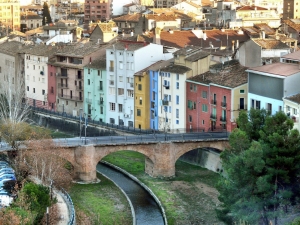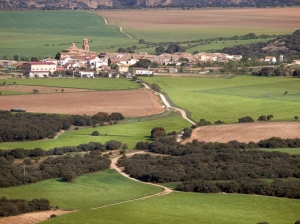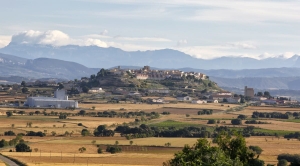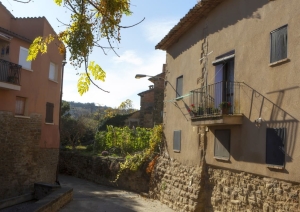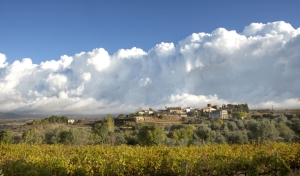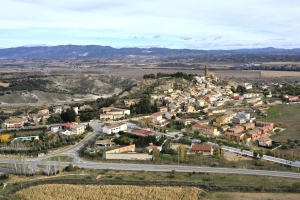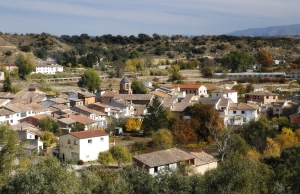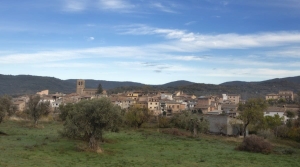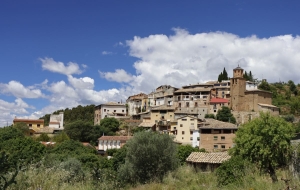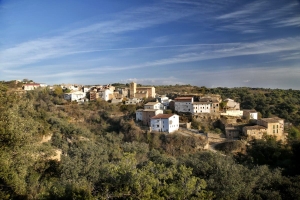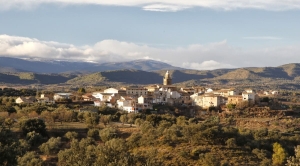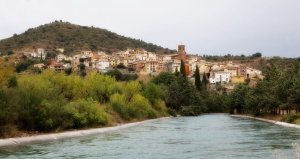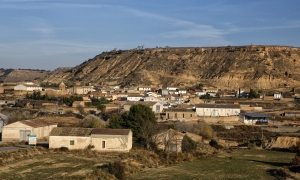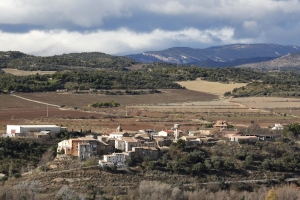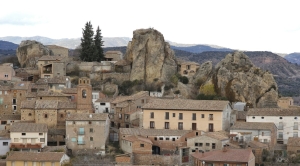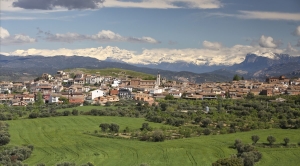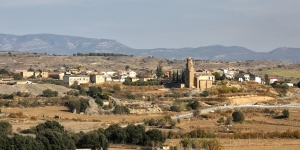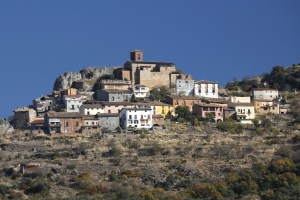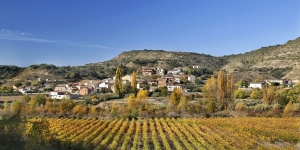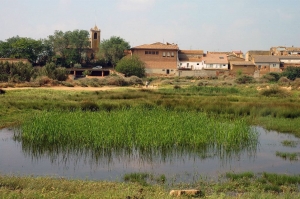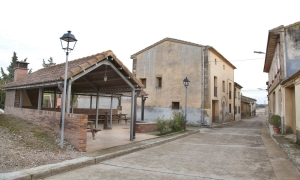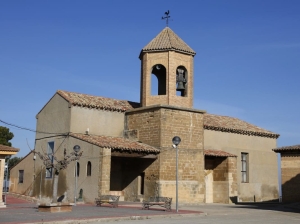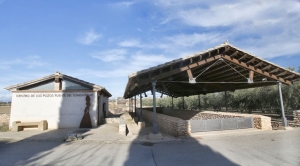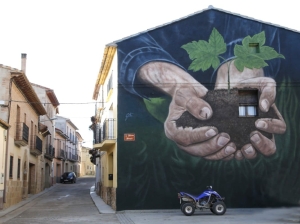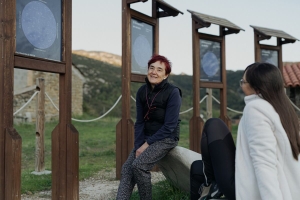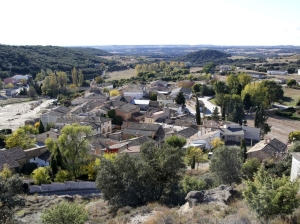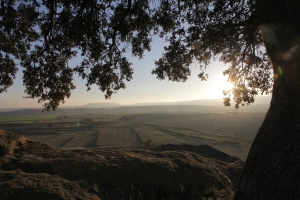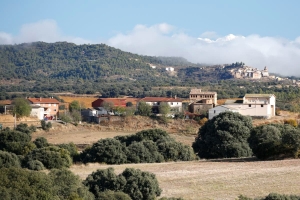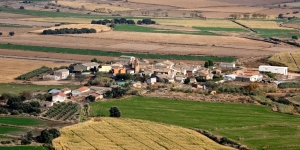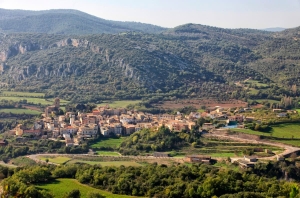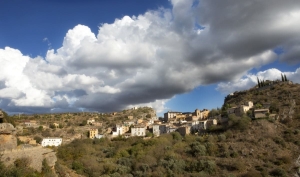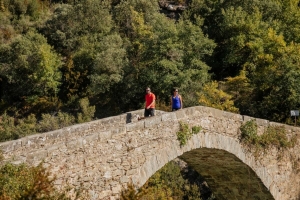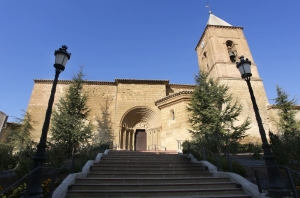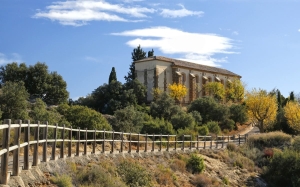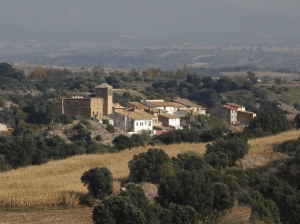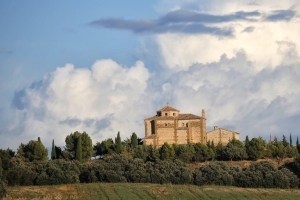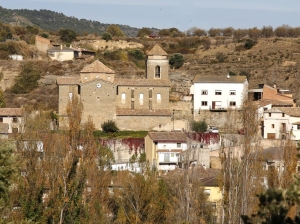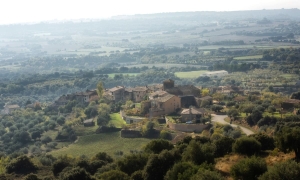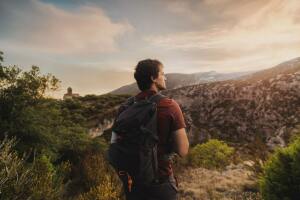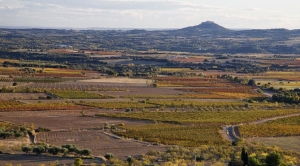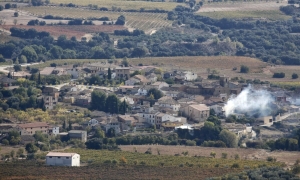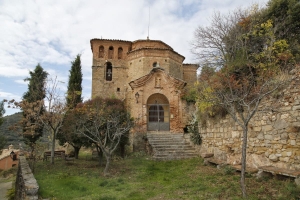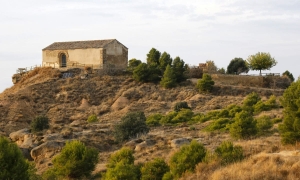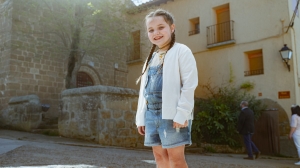Coscojuela belongs to the municipal council of El Grado. The village sits at an altitude of 633 metres on the slope of a hill, resulting in steep roads and an irregular layout that affords it a certain charm.
There is an old road that once crossed the Pyrenees in the vicinity of the village, which is thought to be related to the origins of the Roman settlement of Monte Cillas. The remains of Roman buildings correspond to the Imperial era and are believed to have lasted through to the decline of the Roman Empire around the 4th century. Remnants of an important collection of inscriptions from the 1st and 2nd centuries can be seen at the chapel of Nuestra Señora del Socorro.
A number of Christian burial chambers with tombstones that feature ancient mosaics are on display in the Museum of Huesca. The mosaics are made up of small, multi-coloured pieces and were used to represent the dead along with chiselled inscriptions. There is evidence to connect the decoration style of these gravestones with those in African Christian communities. However, the examples from Coscojuela are less in keeping with the African examples than those from Levante or the Balearics. Their uniformity indicates that they were used for a relatively short period of time, between the years 305 and 383. One of the gravestones belonged to a clergyman.
The church stands at the far eastern edge of this small village and is dedicated to San Miguel Arcángel. Although constructed in the 16th century, the church underwent significant renovations at the beginning of the 20th century. A new doorway with a pointed arch was added and the ribs of the stellar vaults were enhanced with delicate yet dynamic swirling patterns. The choir was also added; access is gained via a graceful spiral staircase which transforms the internal appearance of the church.The quantity and variety of visible joints in the brick and stone work, as well as the number of windows that have been filled in, as can be seen on some of the church walls, are evidence if the many changes the church has undergone over the centuries.



